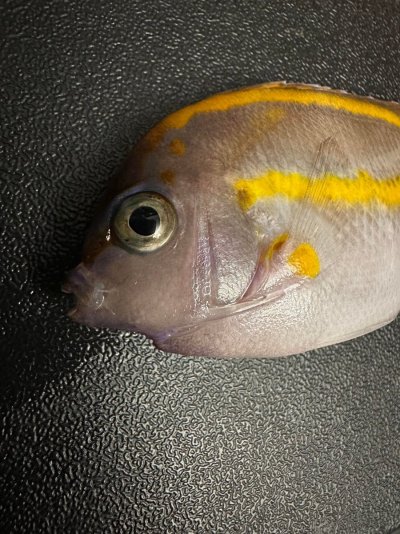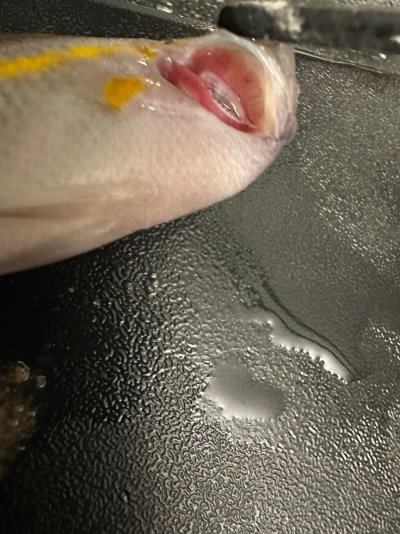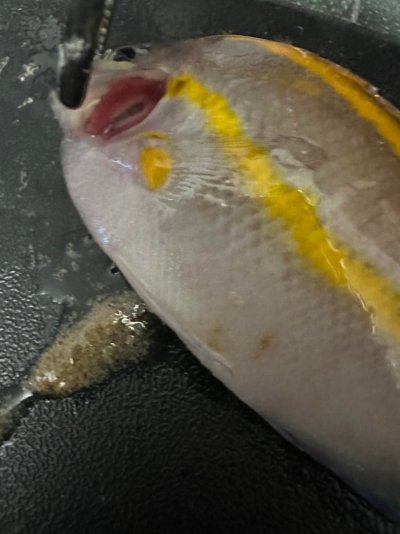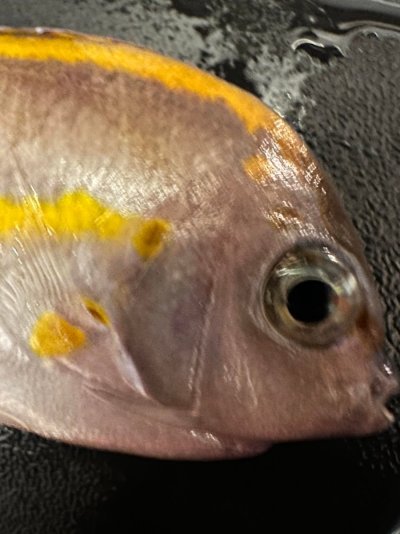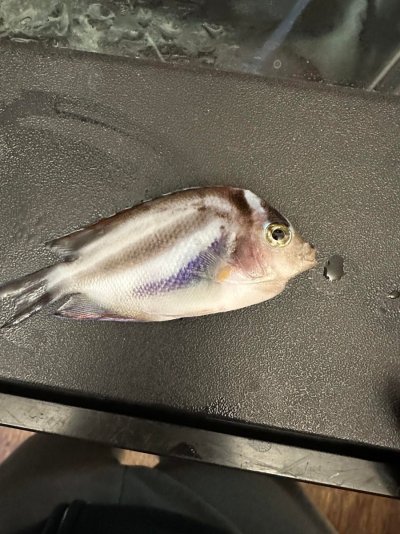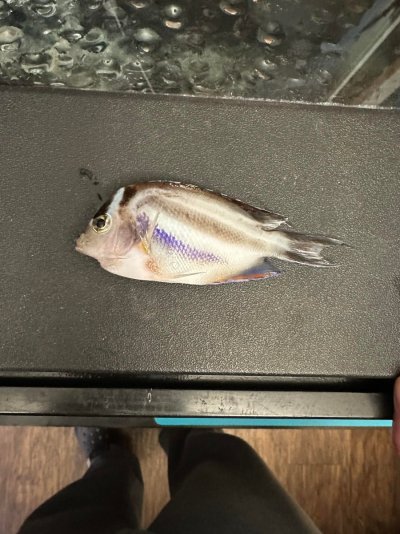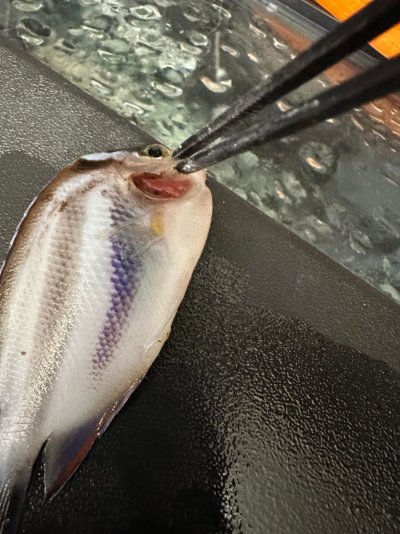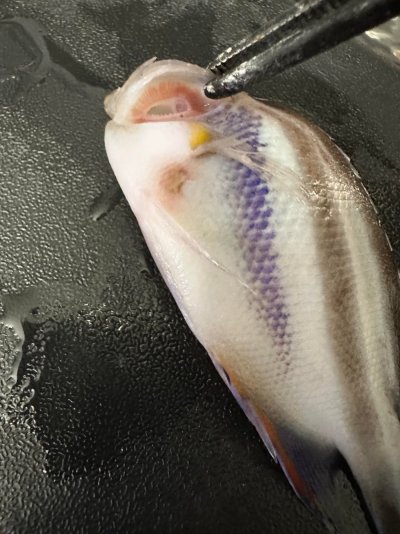I'm at my wits end. I'm trying to do everything right. I'm testing parameters, changing water as needed. Fish are still dying and I have no idea why.
After the previous deaths we spoke about I tore down the 20L QT tank. I cleaned it, dried it, put in a brand new filter. Put in sponges and bioballs I had in my DT sump seeding. I used water from my DT and I dosed some Microbacter Start XLM. I made sure all parameters where right where I wanted them. I added a hydor powerhead aimed at the surface, put in a new airstone in for when it was time to do prazi, swapped in a new heater as well. I painted the bottom of the tank (on the outside) black as a i read the clear glass bottom tank could stress out the fish.
Once I confirmed it was cycled - Ph 8.3, nitrate 24.8, nitrite 0, ammonia 0. Sailinity matched at 1.025 and temp 78. I changed some water and got ready to add a pair of angelfish to QT together. Floated them to stabilize temp and then Added them to the QT with the filter running and I also a new hydor powerhead aimed at the surface. Salinity matched, so no drip.
The male was immediately and issue. He was acting weird from the time I added him, breathing heavy laying on his side, etc. Hoped he would rebound but he didn't. By the next morning the male was dead. Female was doing good, looking good. Fed her on the second day she was good. Noticed before I went to bed she was lying on her side so I poked her and she swam away normal so I assumed she was fine. By the next morning she too was gone.
Just like the previous deaths, fish were found with mouths wide open. They all exhibited heavy breathing.
I've had a bunch of fish die this way, almost out of the blue they take a turn like this.
This is not a new QT or anything. I've had many fish make it through QT in this thing. I'm not sure why all of a sudden they are dropping like flies and these two angels, well, it's the 2 quickest deaths I've seen. The LFS said they were healthy and happy and eating for over 3 weeks before I picked them up. I saw them right before they were bagged and they looked great.
There has to be something I am missing here and I need to figure this out before I flush anymore fish and money down the toilet. This is killing me. Are there any super cheap fish I can get for testing purposes to try to see what exactly could be doing this?
Should I just burn the tank and start a brand new one?
#fishmedics
After the previous deaths we spoke about I tore down the 20L QT tank. I cleaned it, dried it, put in a brand new filter. Put in sponges and bioballs I had in my DT sump seeding. I used water from my DT and I dosed some Microbacter Start XLM. I made sure all parameters where right where I wanted them. I added a hydor powerhead aimed at the surface, put in a new airstone in for when it was time to do prazi, swapped in a new heater as well. I painted the bottom of the tank (on the outside) black as a i read the clear glass bottom tank could stress out the fish.
Once I confirmed it was cycled - Ph 8.3, nitrate 24.8, nitrite 0, ammonia 0. Sailinity matched at 1.025 and temp 78. I changed some water and got ready to add a pair of angelfish to QT together. Floated them to stabilize temp and then Added them to the QT with the filter running and I also a new hydor powerhead aimed at the surface. Salinity matched, so no drip.
The male was immediately and issue. He was acting weird from the time I added him, breathing heavy laying on his side, etc. Hoped he would rebound but he didn't. By the next morning the male was dead. Female was doing good, looking good. Fed her on the second day she was good. Noticed before I went to bed she was lying on her side so I poked her and she swam away normal so I assumed she was fine. By the next morning she too was gone.
Just like the previous deaths, fish were found with mouths wide open. They all exhibited heavy breathing.
I've had a bunch of fish die this way, almost out of the blue they take a turn like this.
This is not a new QT or anything. I've had many fish make it through QT in this thing. I'm not sure why all of a sudden they are dropping like flies and these two angels, well, it's the 2 quickest deaths I've seen. The LFS said they were healthy and happy and eating for over 3 weeks before I picked them up. I saw them right before they were bagged and they looked great.
There has to be something I am missing here and I need to figure this out before I flush anymore fish and money down the toilet. This is killing me. Are there any super cheap fish I can get for testing purposes to try to see what exactly could be doing this?
Should I just burn the tank and start a brand new one?
#fishmedics







